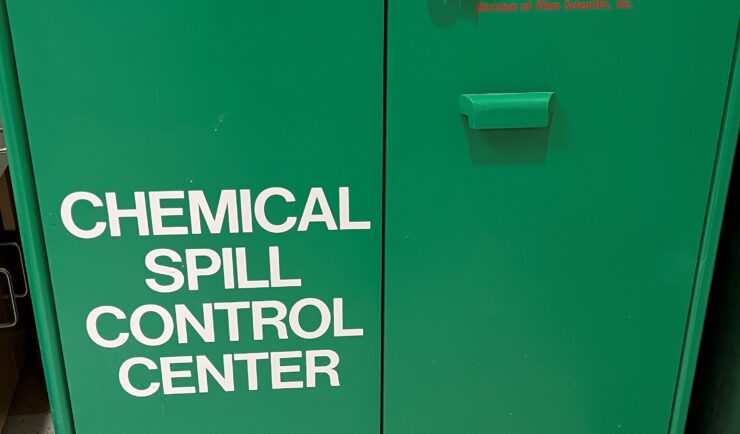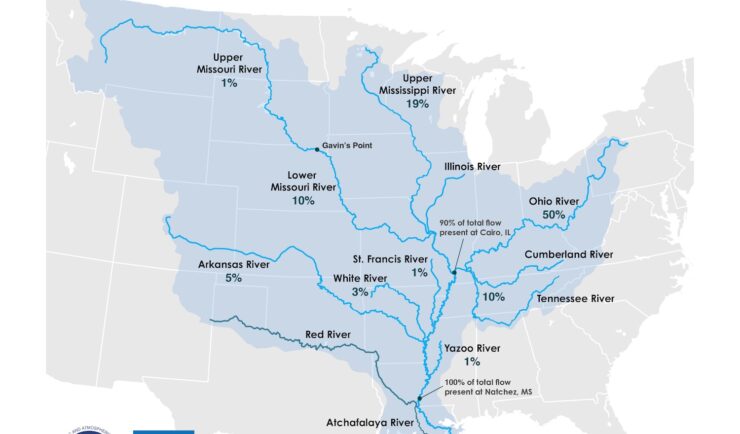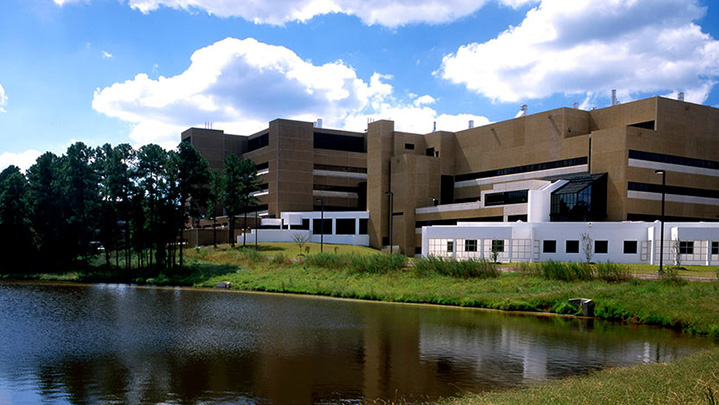- Community Spotlight
- Safety, Health, & Environmental Compliance
Team Recognized for Critical Roles and Exceptional Work

Congratulations to CSS employee owners supporting The National Institute of Environmental Health Sciences (NIEHS) National Toxicology Program Quality Assurance. The team is recognized for precision in identifying inconsistencies and safeguarding data integrity across large-scale toxicology studies. This team’s work directly supports regulatory agencies in protecting human health and the environment through rigorous toxicological data review.
See More CSS Insights

Employees Receive Green Sustainability Award of Excellence
Congratulations to our team supporting the Center for Disease Control (CDC) for receiving the Green Sustainability Award of Excellence. Our team led the charge helping CDC to upgrade their spill cabinets across all campuses (Atlanta, GA; Fort Collins, CO; San Juan, PR), which now include a more sustainable material called Trivorex ®. This highly absorbent…

Supporting the Mississippi River Basin Drought and Water Dashboard Development
Congratulations to NOAA’s National Integrated Drought Information System (NIDIS) on the launch of the Mississippi River Basin Drought and Water Dashboard. This dashboard provides crucial, timely information to support decision-making for those living and working in the basin, which spans 31 states and 40 percent of the contiguous U.S. The team created the dashboard to…

Quality Assurance Audit Reports
Since 1985 we’ve supported the National Institute of Environmental Health Sciences and have provided more than 1,600 quality assurance audit reports that the client has used to assess the quality of toxicology studies they sponsor. Over the last year our employee owners reviewed several studies involving per- and polyfluorinated substances (PFAS) compounds, or “forever chemicals”,…
